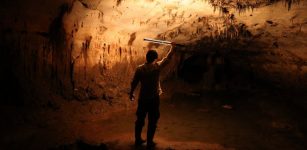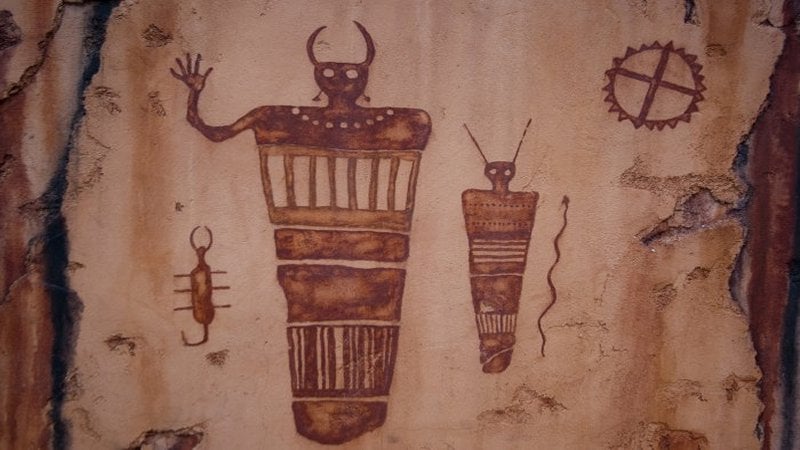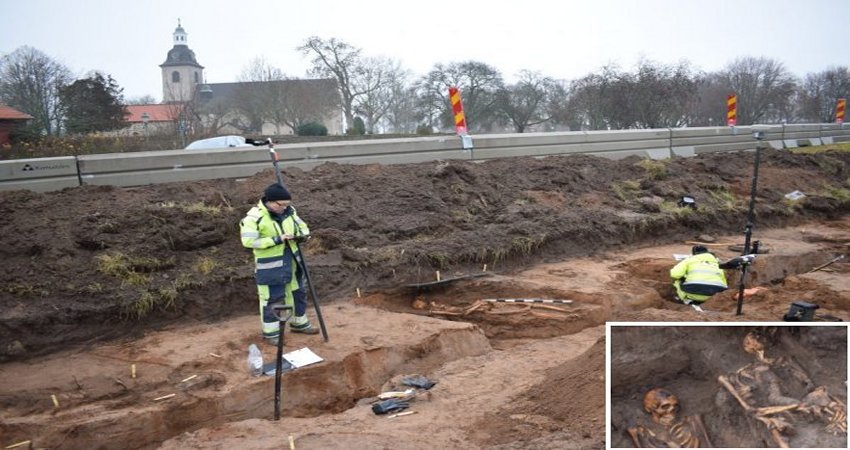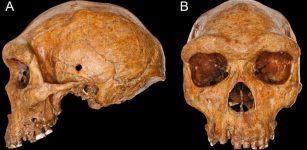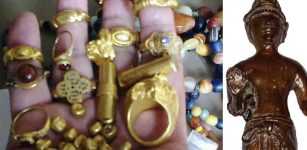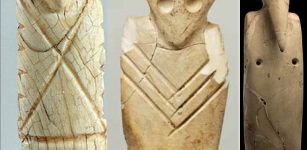Circular Stepped Pyramids Of Guachimontones And Teuchitlan Tradition – A Lost Ancient World In Mexico
MessageToEagle.com – A remarkable, ancient archaeological site Guachimontones (‘Los Guachimontones’) is located just outside the modest little town of Teuchitlán, Jalisco, 43 kilometers (26 miles) west of Guadalajara, Mexico.
At first, very little was known about who had built this remarkable place with rounded pyramids, several conical mounds or pyramids, terraced patios surrounded by circular ball games, an amphitheater, some terraces, buildings and sophisticated ancient shaft tombs. Dating to the first centuries A.D., these tombs had small burial chambers at the bottom of vertical cuts up to 60 feet deep.
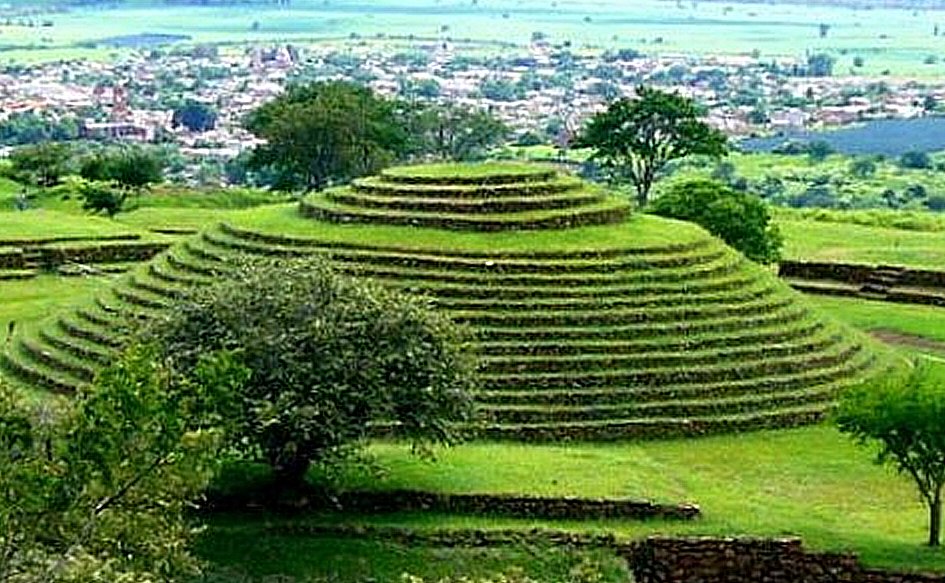
The site was discovered by the late U.S. archaeologists Phil Weigand in 1970 and today, it is among the most visited archaeological sites in the country.
Weigand spent 29 years documenting a complex, highly organized society which had begun in western Mexico about 1000 BC and had reached its peak in 200 AD.
Guachimontones, home to approximately 40,000 people, was built by a unique culture, known as Teuchitlán Tradition, one of pre-Hispanic cultures that flourished in western Mexico.
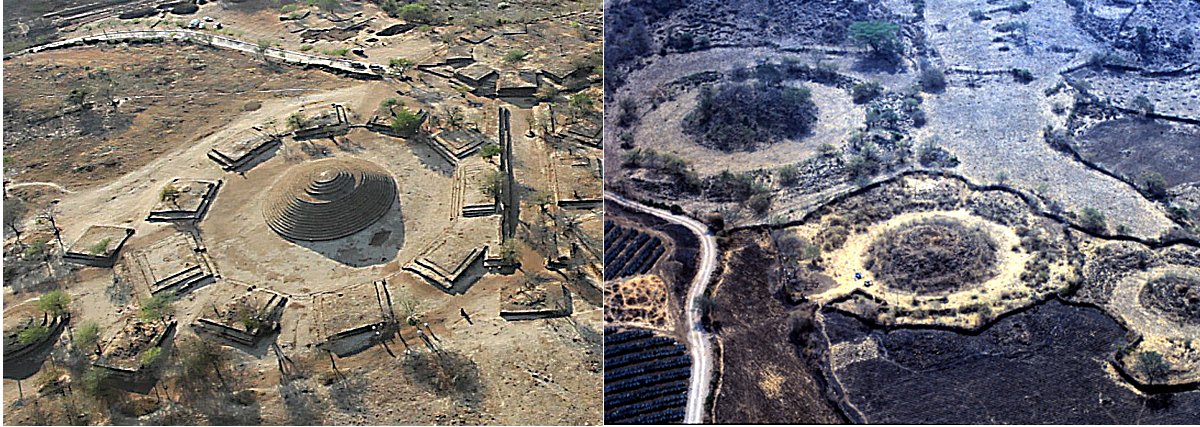
Inhabitants of the city created small agricultural islands irrigated by an ingenious system of floodgates, dams and canals and they traded in salt from the flats of the Sayula Basin of central Jalisco.
The city’s geographical location was certainly of great importance for the Teuchitlán Tradition, because these people lived right next to the third largest obsidian deposits in the world.
In fact, they controlled more than 1,000 obsidian mines, from which some 14,000 tons of the precious volcanic glass were extracted. Skilled craftsmen in Teuchitlán’s workshops shaped the obsidian into swords, spear heads, mirrors of extraordinary quality and unique, ultra-thin earrings.
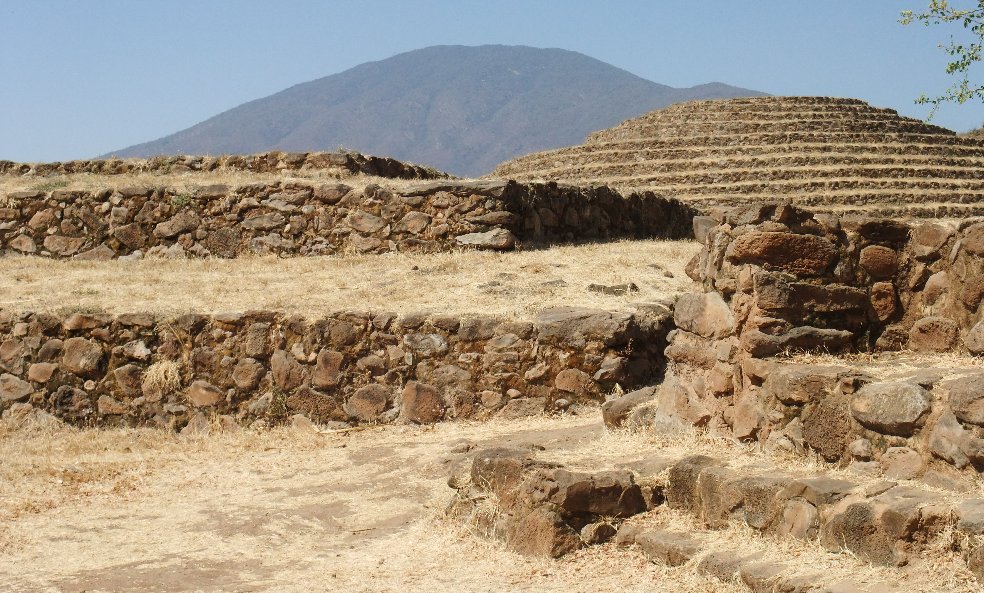
However, the dominant features at los Guachimontones are circular stepped pyramids in the middle of circular building complexes.
See also:
Magnificent Pyramid Of The Magician – The Tallest Structure In Ancient City Of Uxmal
‘Chac Mool’ – Intriguing Life-Size Figure Carved In Single Stone
Great Pyramid of Cholula: World’s Largest Pyramid
According to Weigand, these structures, set in concentric layers of stone and turf, are not only unique in the Mesoamerica but also not found anywhere else in the world.
They cover is huge, with at least three such pyramids, and stone platforms for temples around them.
These so-called Circles of Guachimontones predate the Incas and Aztecs and lack any Olmec influence.
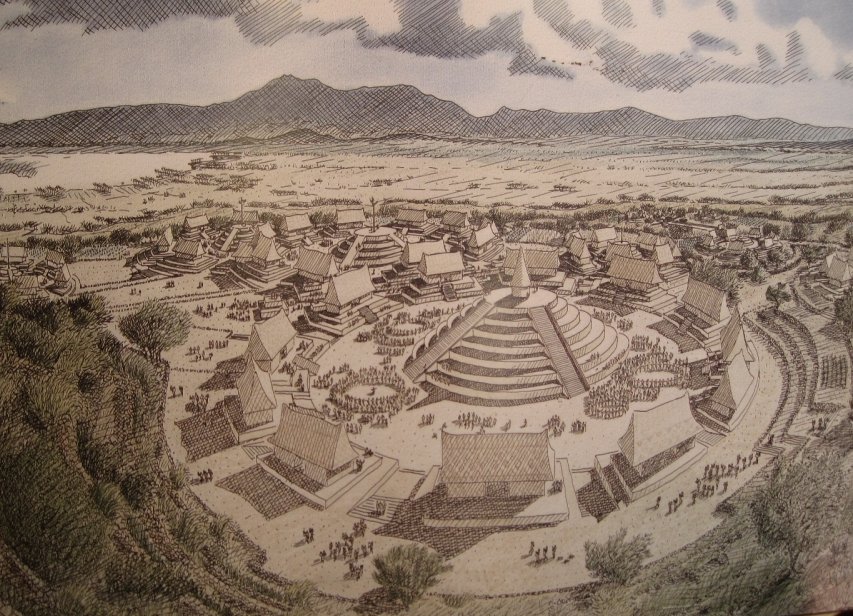
The structures are unique in that they are based on concentric circles, not any kind of pyramid.
The main structure was built on a hilltop and used as a ceremonial site to worship the deity Ehecatl-Quetzalcoatl, a feathered serpent worshiped as the god of wind in many pre-Hispanic civilizations across Mexico.
It has 52 steps, corresponding to the number of weeks in a year and the number of years in the cycle of many Mesoamerican calendars, including the infamous Mayan calendar.
The site is also home to several rectangular platforms and two ball courts, commonly known in many Mesoamerican cultures, with competitors typically using their hips to somehow control the ball and move it from one end of the court to the other, and in some cases pass it through a ring.
MessageToEagle.com
Expand for references
